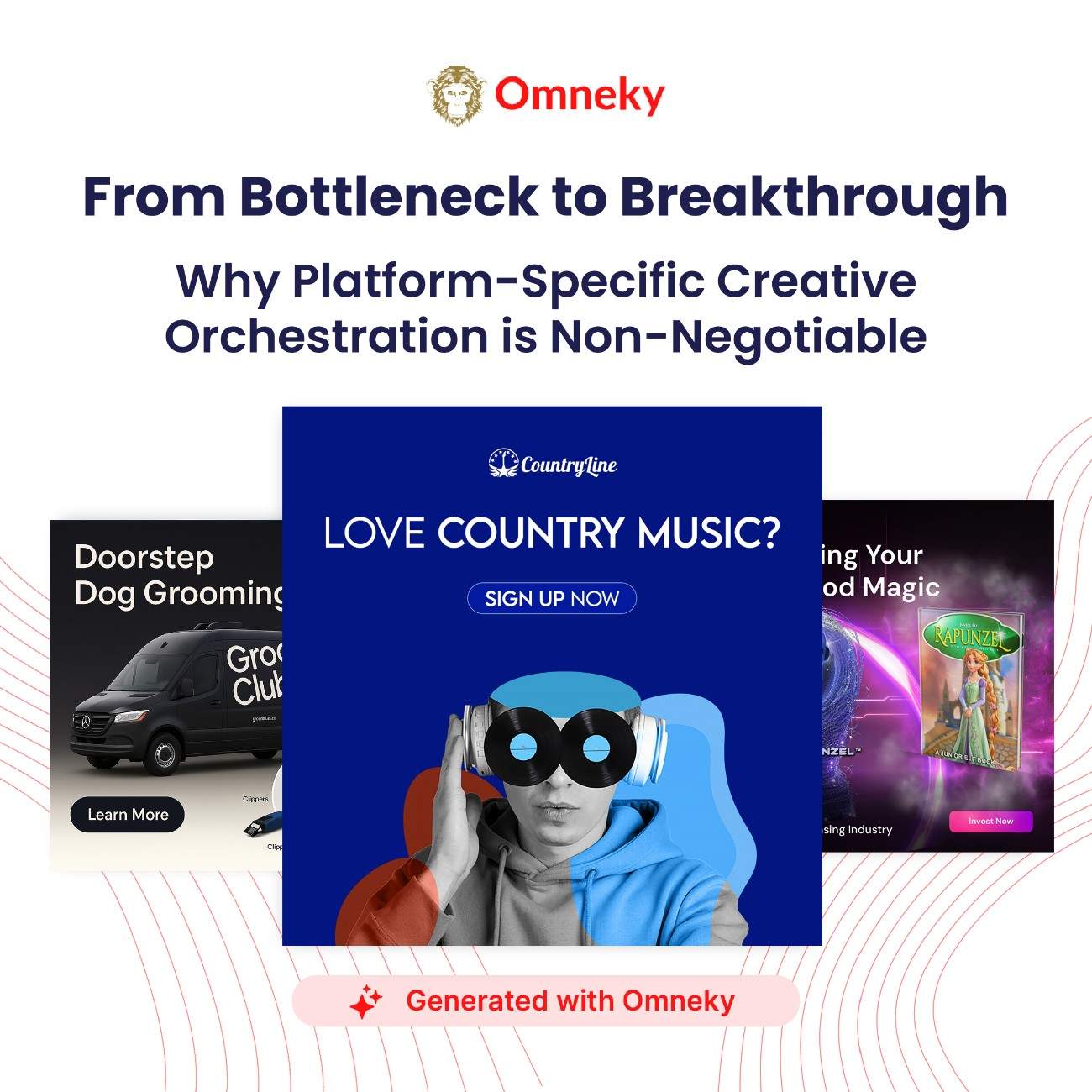Use Strategic Branding To Your Benefit: Building Your Brand Plan
The blog discusses the essential nature of strategic branding, which shapes customer perceptions and fosters long-term loyalty. By identifying specific goals, developing a unique value proposition, and leveraging technology, businesses can create effective branding strategies that stand out in the market.

In an ever more competitive economy, strategic branding is the cornerstone of successful businesses of all stripes. Branding determines how your business relates to customers; it sets the tone for all interactions going forward.
Considering how your brand directly dictates how customers perceive your business, it’s worth some careful consideration, no? But a winning brand strategy is not a one-size-fits-all proposition; it must be carefully tailored to the specific characteristics, values, and goals of your company. So let’s explore how you can craft a plan that makes your business shine.

Identify Your Goals
Strategic branding is all about creating and nurturing a distinctive identity to build long-term loyalty. For example, Apple’s strategic branding as a leader in innovation, quality, and user-friendly design has led to a dedicated customer base; many Apple users would never even consider switching to another brand. Similarly, Patagonia's unwavering commitment to environmental sustainability makes it the go-to for eco-conscious outdoor types.
But these brands didn’t just luck into their clientele—they identified these sectors as goals, and built a plan to win them over.
Identifying your goals is the first crucial step in formulating a winning brand strategy. These goals serve as a guiding light for your strategic branding endeavors, providing direction and focus for all your brand-related decisions. They also serve as the benchmarks against which you can measure your brand's success.
When setting your brand goals, consider both long-term vision and short-term objectives. Over the long haul, you might intend to become, say, a market leader, or the most trusted brand in your industry. But to get there, you have to focus on clearer short-term objectives, such as increasing brand awareness, improving customer loyalty, or boosting sales over a specific period.
Your brand goals should be SMART: Specific, Measurable, Achievable, Relevant, and Time-bound. This ensures that you have a quantifiable way of knowing where you are en route to achieving them. For example, a well-defined goal might be: "Increasing brand awareness by 25% over the next quarter." Also, pick goals that make sense for your business: build them on in-depth market research, competitive analysis, and an understanding of your brand's current position and future potential in the marketplace.
By setting clear, well-defined goals, you can ensure your strategic branding efforts are targeted, effective, and yield results.
Develop A Targeted Positioning and Messaging Plan
Once you know your goals, it’s time to plot a path toward them. This means developing your brand messaging and positioning. This stage requires some careful brainstorming about who you are as a business, as the messaging you put out into the world will shape your unique value proposition and brand personality. What makes you stand out in a crowded market?
Your positioning strategy is the foundation upon which your brand messaging is built. For instance, Volvo positioned itself as the safety leader in the automotive industry, setting it apart from competitors. To get at your angle, uncover what makes your brand unique and sets you apart from your competitors—your value proposition.
Once you’ve identified your value proposition, articulate it clearly and consistently in all your communications. Consider Airbnb’s aggressive strategic branding efforts: the company’s message “Belong Anywhere”—which they advertise everywhere—effectively communicates its promise of providing home-like comfort worldwide.
Of course, you can’t be all things to all people in every ad. After all, an audience in the abstract is made up of real people, each with different needs, wants, and values. To truly build the most effective plan possible, it may help to segment your audience and tailor messaging to each. Never waver from your core tenets—but try to meet your audience segments where they’re at in order to win their personal loyalty.
Implement Your Strategic Branding Plan
So now you’ve got your plan in hand. It’s time to put it into practice!
Consider which channels you want to use to get your messaging out into the world; if you’ve taken the time to segment and research your audience, you’ll know where to find them. Is your audience watching cable news commercials? Are they scrolling Facebook ads, or flipping through Instagram reels? Put your plan into action where you can best catch your target audience’s attention.
Similarly, you should know what appeals to your audience, while remaining authentic to your brand. Consider the athletic shoe brand HOKA, for example. They target runners, a segment of people who spend a great deal of time outside—and thus likely care about environmental sustainability to some degree. Thus, HOKA targets their prospects with messaging about the discrete ways in which their shoe manufacturing promotes sustainability more than competitors, saying (as their marketing puts it) “Yes to Less.”

Of course, strategic branding is as much about financial results as it is about capturing market share or creating brand loyalty. There is no one-size-fits-all magic strategy—but when it comes to implementation and results, the numbers never lie. Always keep your metrics front of mind, and reappraise your strategy at regular intervals. It’s better to catch faulty campaigns early, before you’ve sunk in substantial messaging money. If you aren’t on your way to meeting your goal numbers, it may be time to shake up your strategy.
Harnessing the Power of Strategic Branding: The Way Forward
Strategic branding is not a one-time, “set it and forget it” operation. It's a continuous journey of learning, adapting, and evolving to meet your audience's needs, preferences, and expectations. It’s integral to your business surviving and thriving—but it’s also a lot of work, especially as media channels and audiences decentralize in an increasingly digital landscape.
Fortunately, you also have the tools available to help navigate this new terrain. Leveraging technology (particularly AI) can augment your branding strategy, helping you pinpoint personalized and efficient marketing solutions.
Embrace the power of strategic branding with Omneky, a revolutionary platform that personalizes your advertising materials across a wide array digital channels. Let Omneky's AI-powered solutions guide your journey to create a winning brand strategy and achieve your business goals. Start your strategic branding journey today with Omneky and propel your brand to new heights of success.



